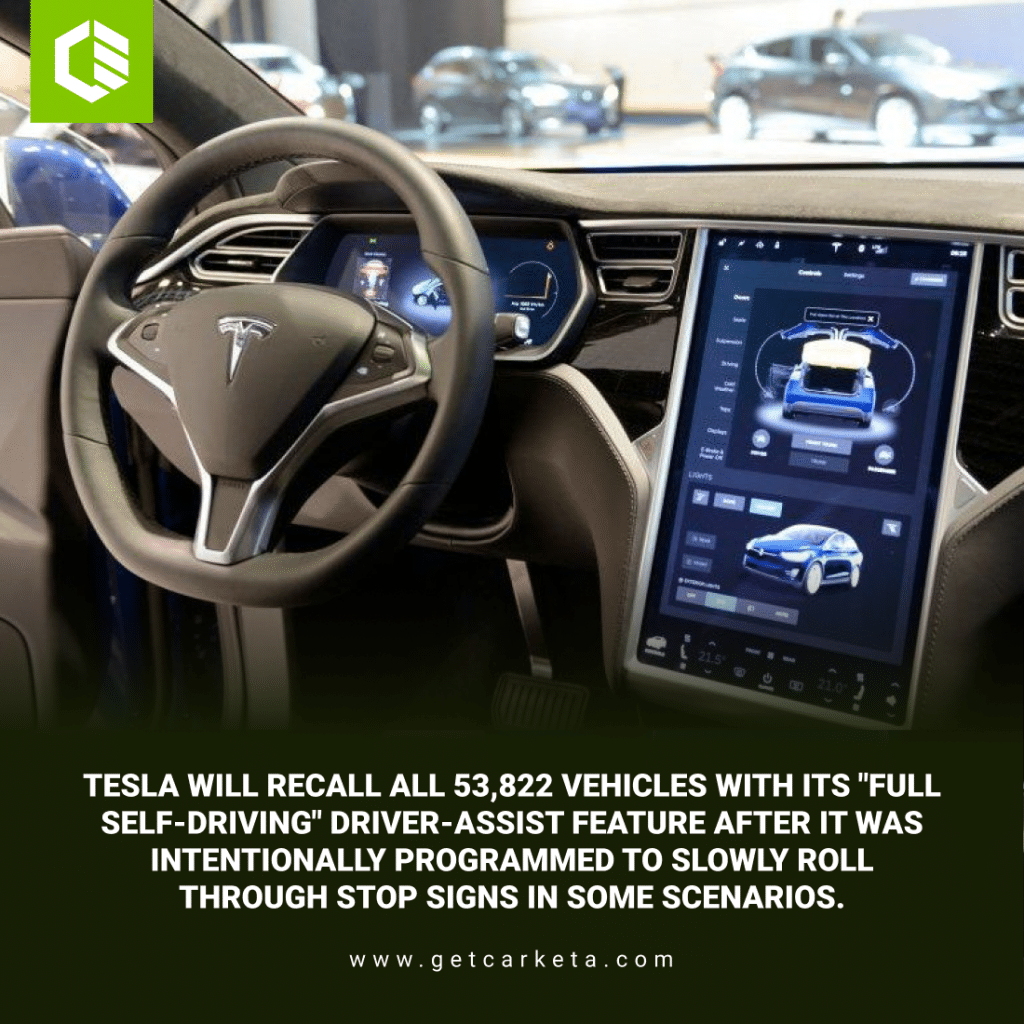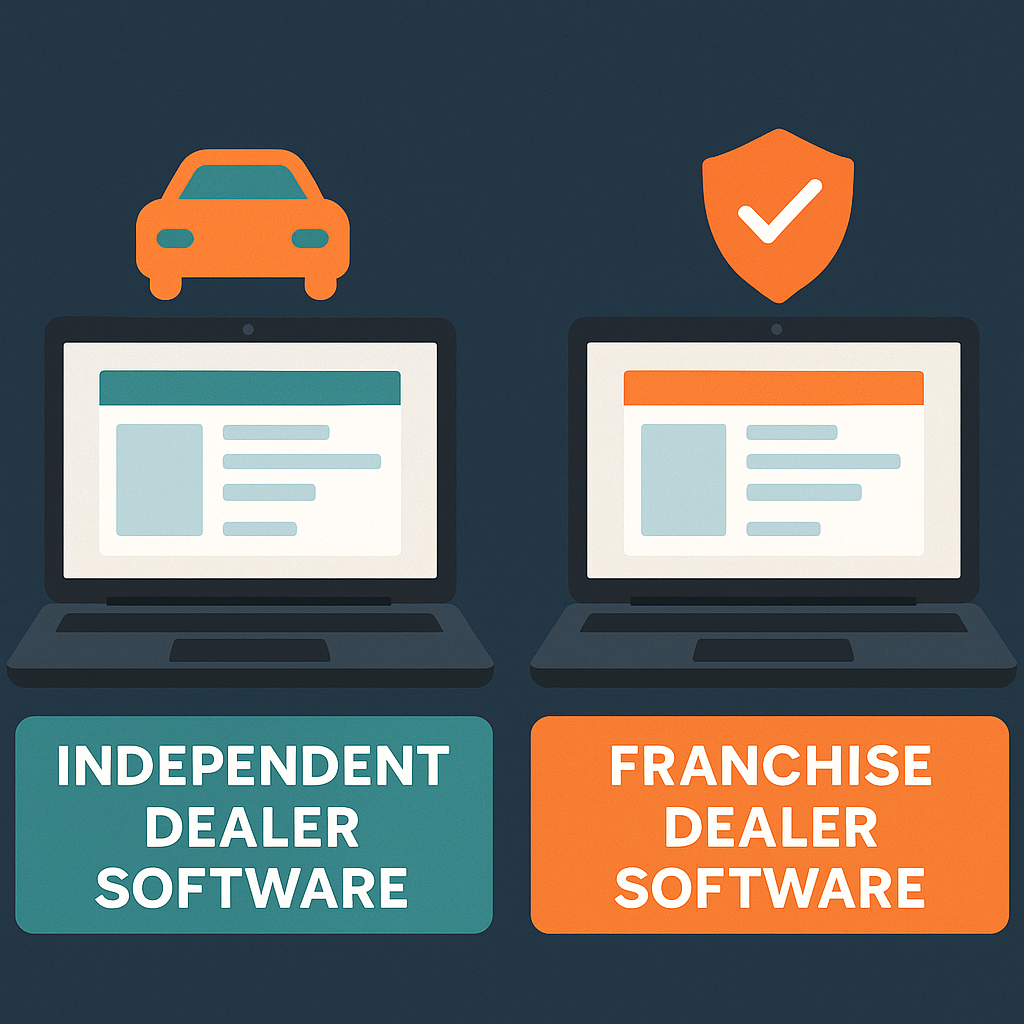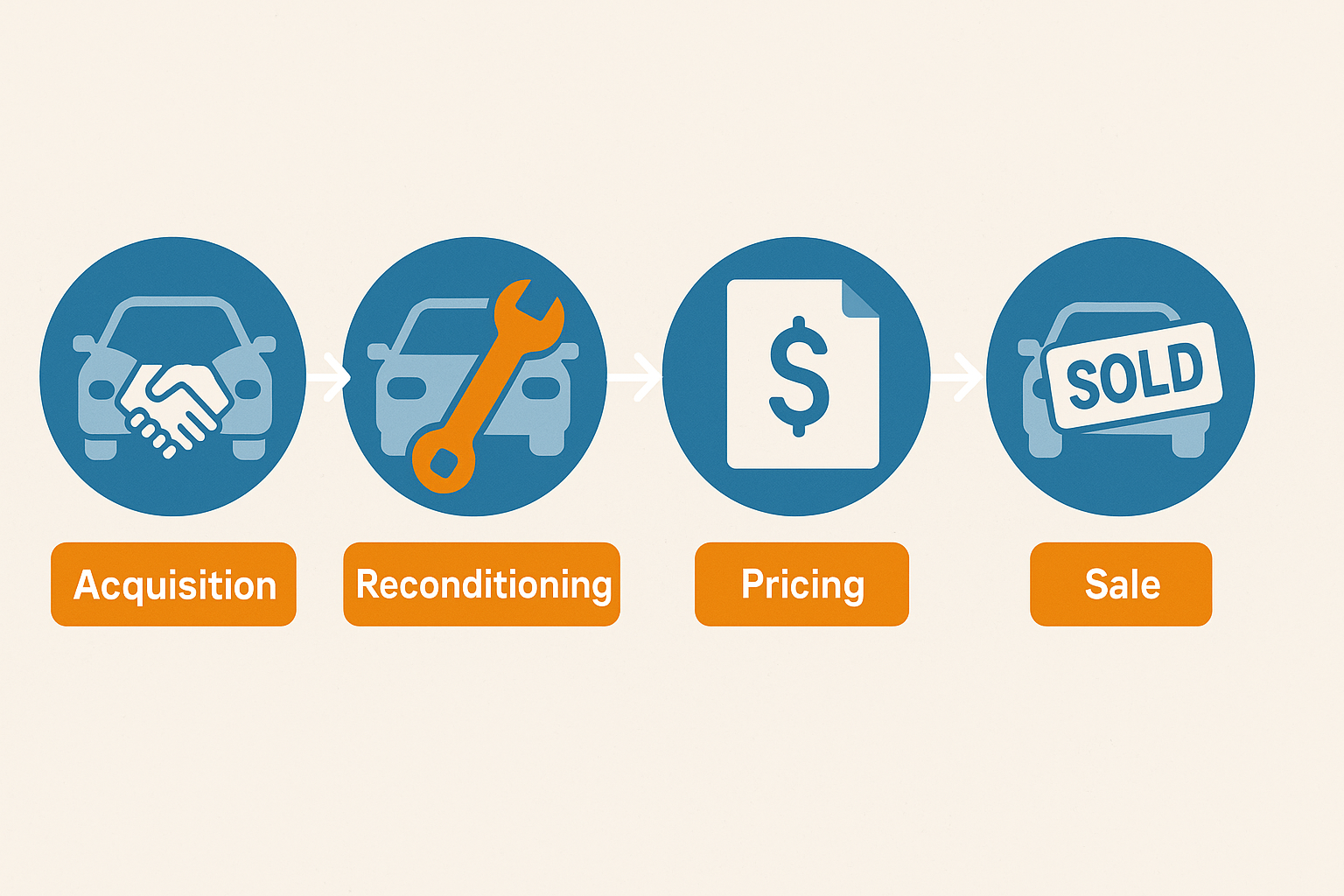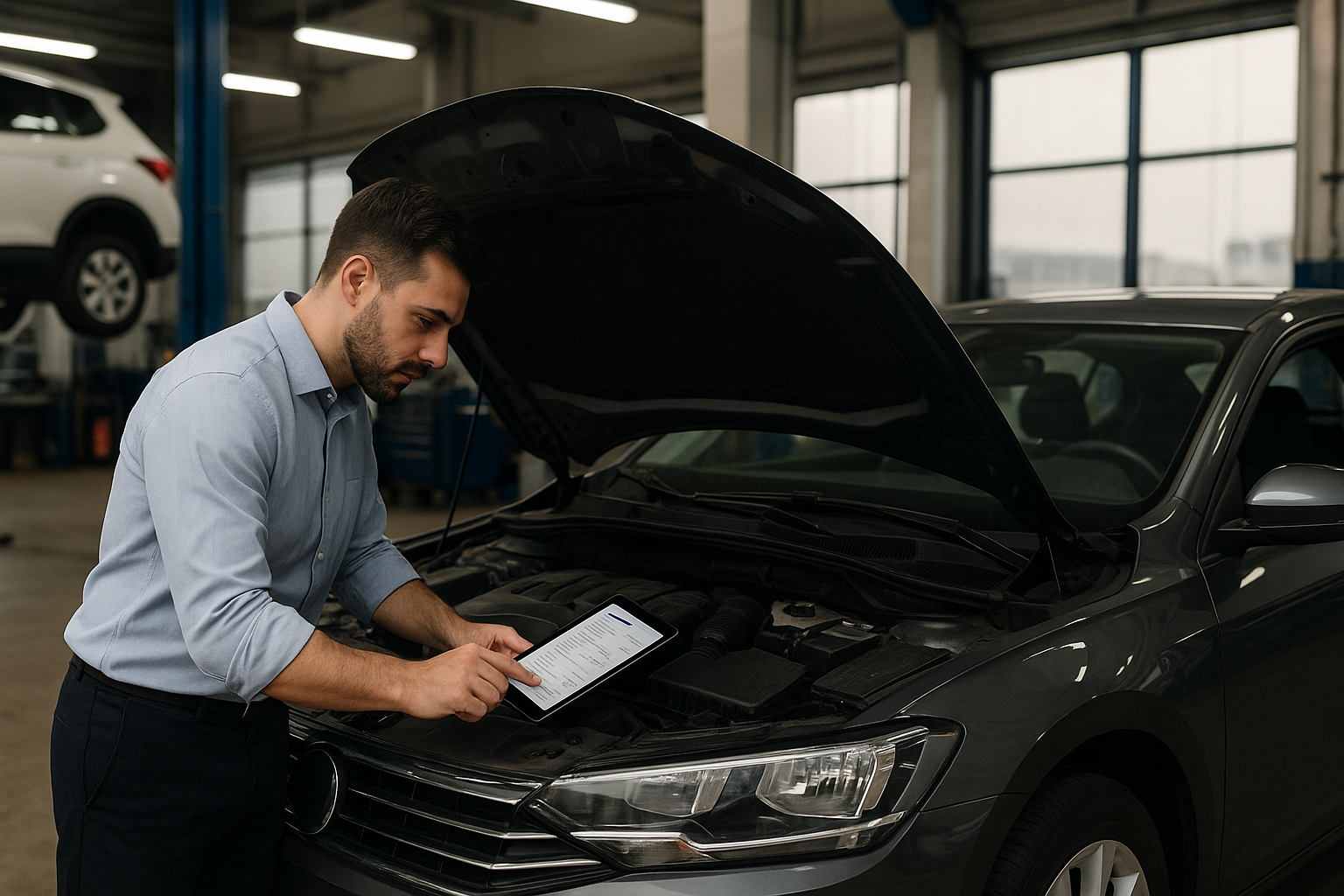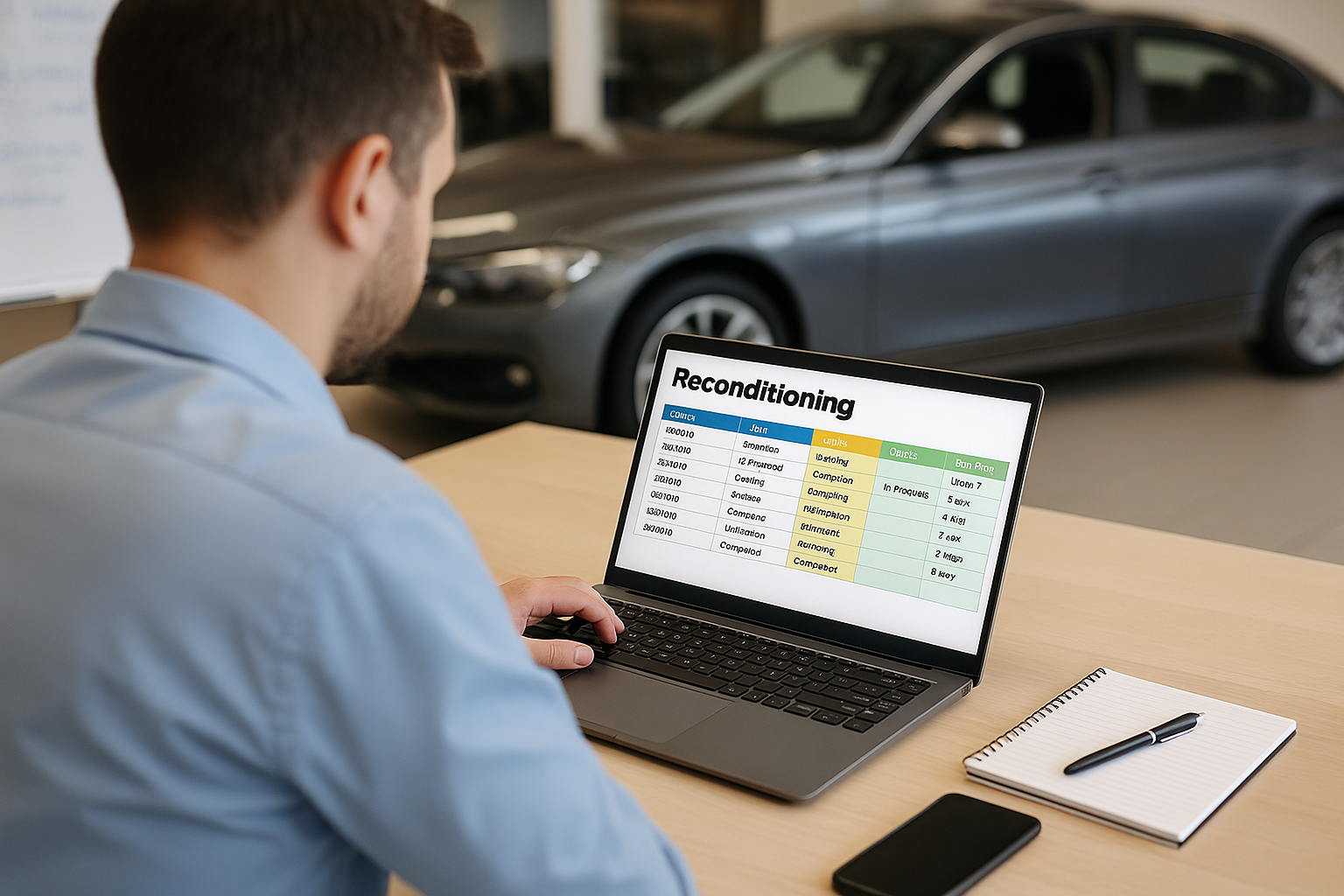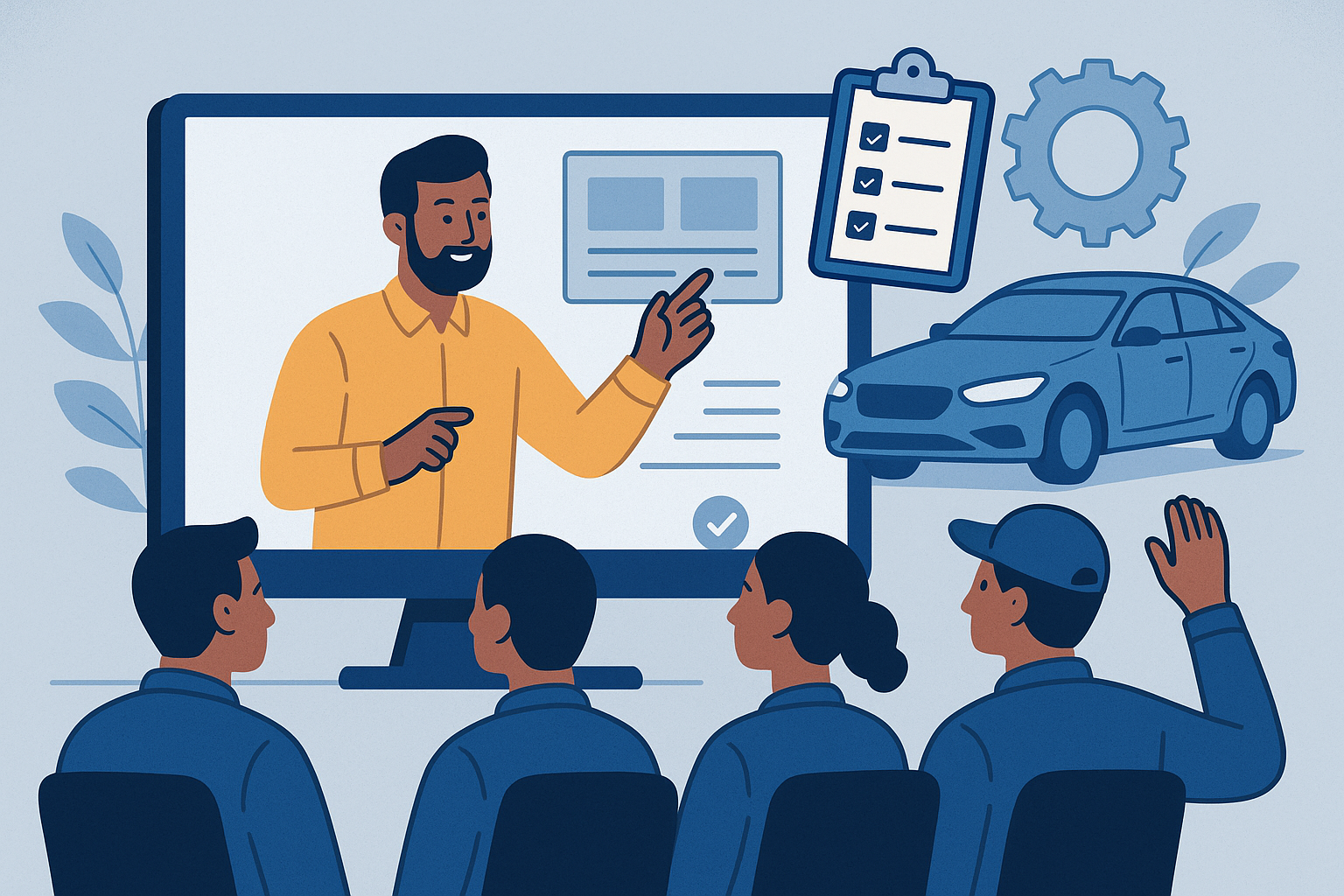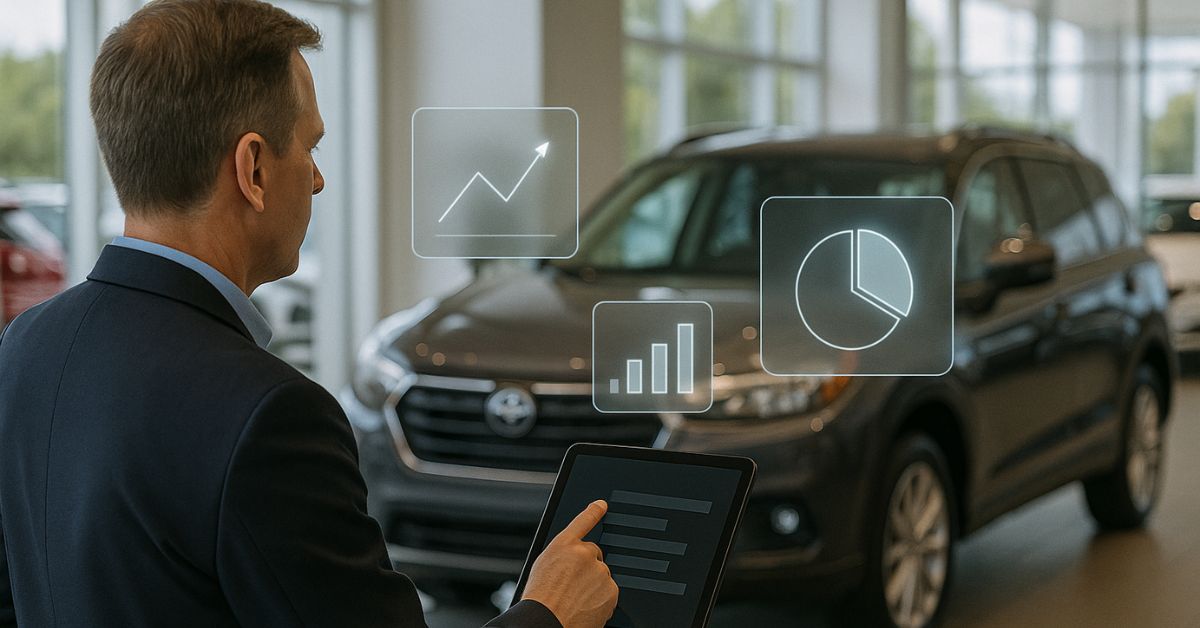A few weeks ago, Ford made a recall. This week, it’s Tesla’s turn.
Tesla, the car company, recalls more than 50,000 vehicles due to a faulty feature that poses a safety risk.
Tesla recently announced their recall of 53,8222 vehicles across the country. This is due to the company’s Beta Full-Self Driving (FSD) software that can be a potential threat to safety. The said software may allow several models to administer “rolling stops” instead of a complete stop when passing through intersections. Instead of assuring safety while driverless driving, rolling stops may cause accidents in the process.
The National Highway Traffic Safety Administration (NHTSA) announced the Tesla models that are included in the recall. The recall covers 2017-2022 Model 3, 2016-2022 Model S, and 2020-2022 Model Y vehicles. NHTSA also confirmed that they find the FSD software’s inability to make a full stop at intersections.
Elon Musk, however, disagreed. In a tweet earlier, the Tesla CEO said that there were no safety issues with the function. He said that the car only showed to slow down to ~2 mph while approaching a cross-section and will continue when there are no cars and pedestrians detected.
Tesla announced a week prior to this recall that the number of FSD beta vehicles in the country increased to about 60,000 in September. The company also confirmed that they already conducted some tests and improved their software while testing it on public roads. These tests, however, don’t make the vehicles autonomous or self-driving.
But this doesn’t mean that the recall for Tesla vehicles is not pushing through.
So now that Tesla recalls some models from the past years, does that mean that owners should send their vehicles back to the manufacturer? Not at all. The recall will only constitute an over-the-air software update. The said update will disable the “rolling stop” functionality, NHTSA said. The government agency also added that they will be in the talks with other car manufacturers regarding these types of systems. They will also talk about how to regulate and prevent these safety concerns, moving forward.
Explore related articles to learn more about software solutions for car dealerships:
